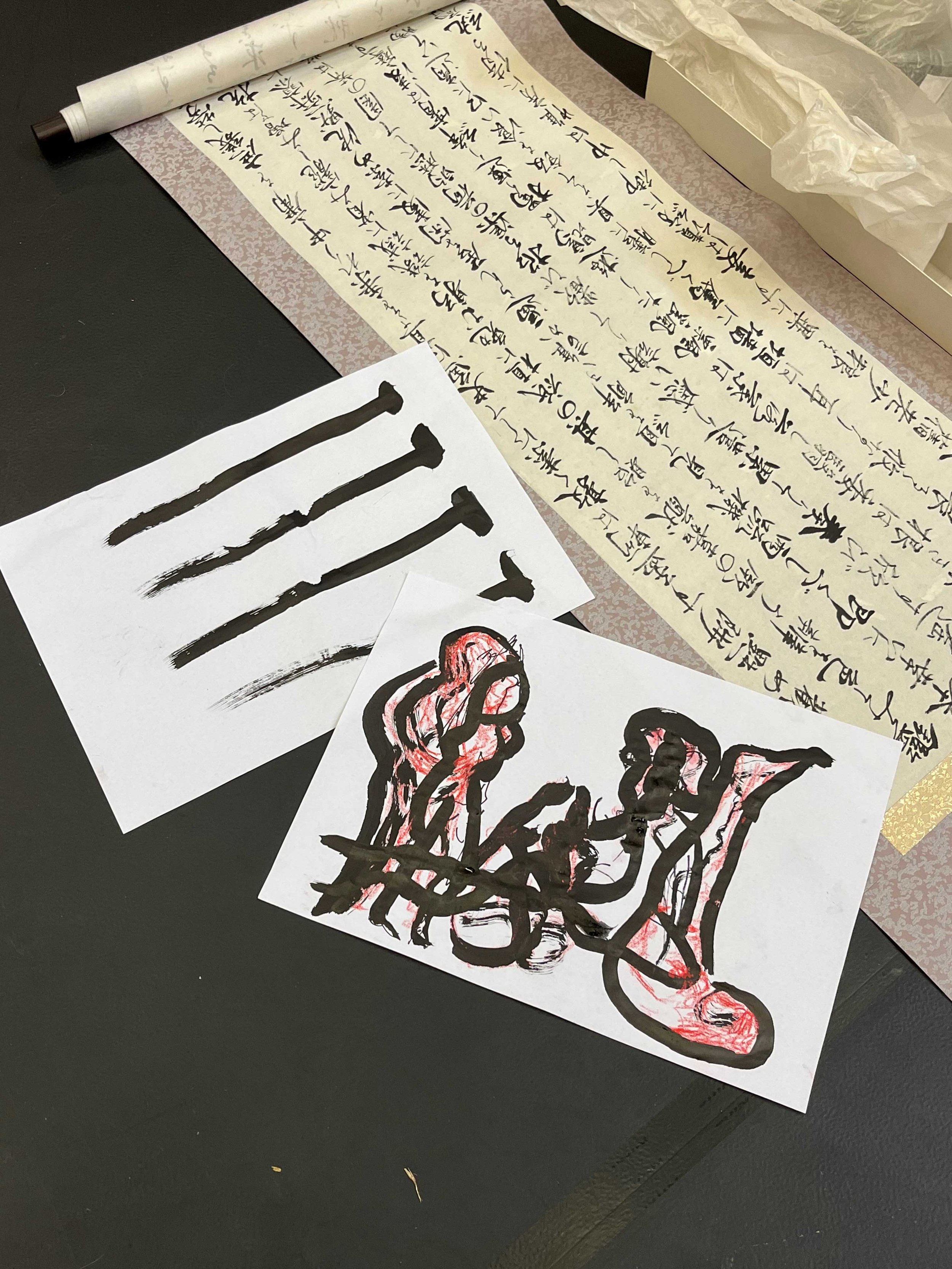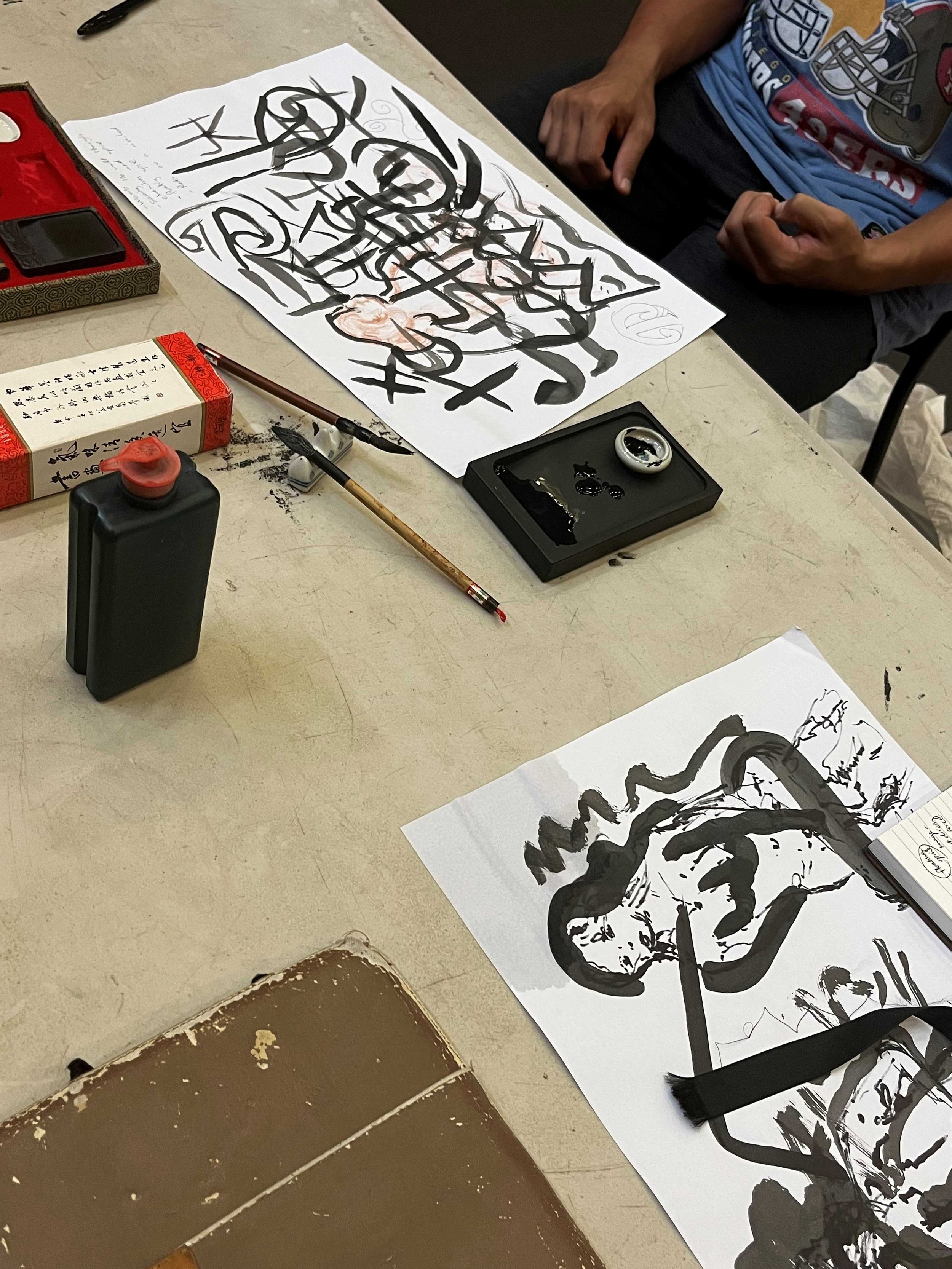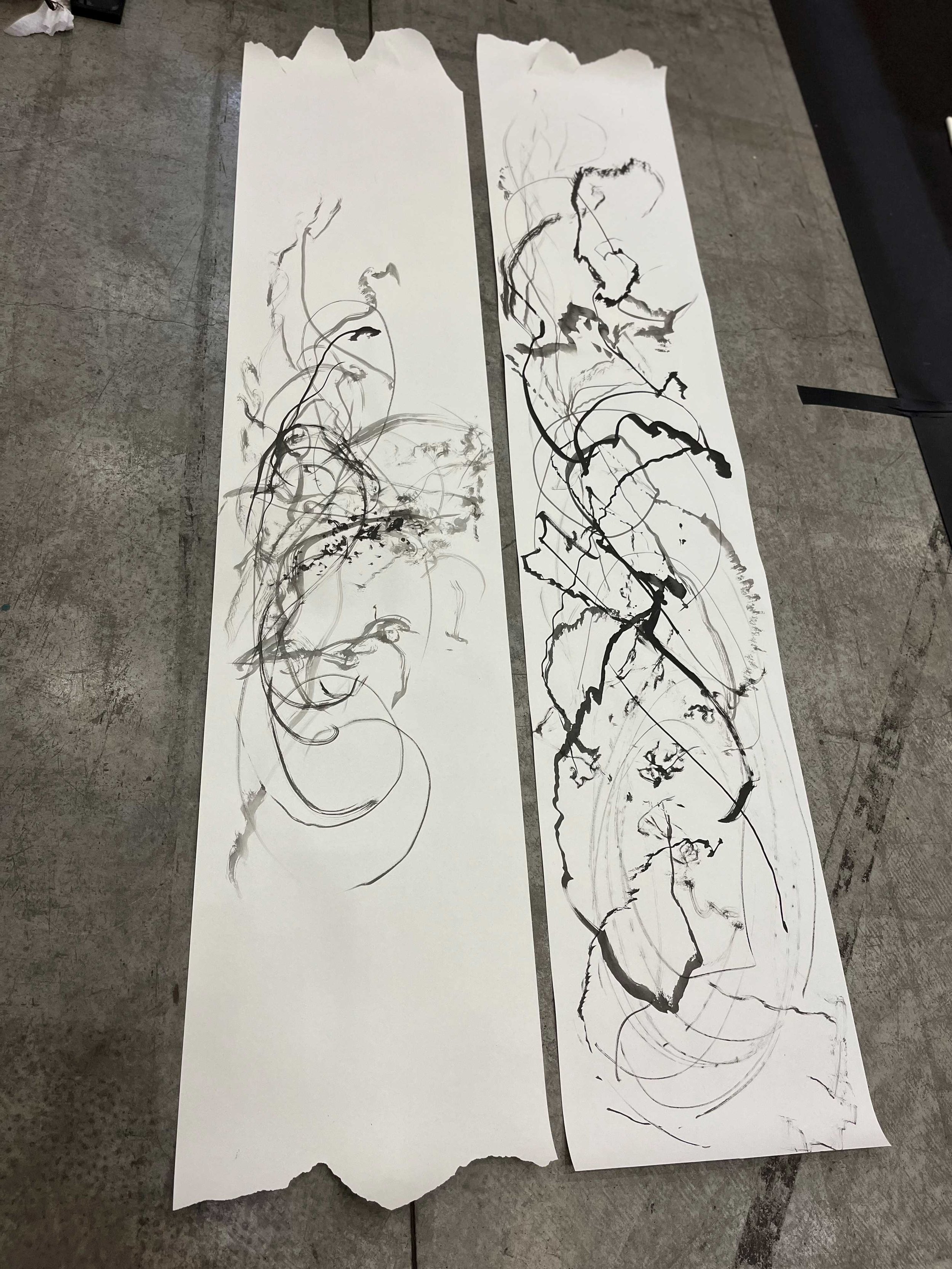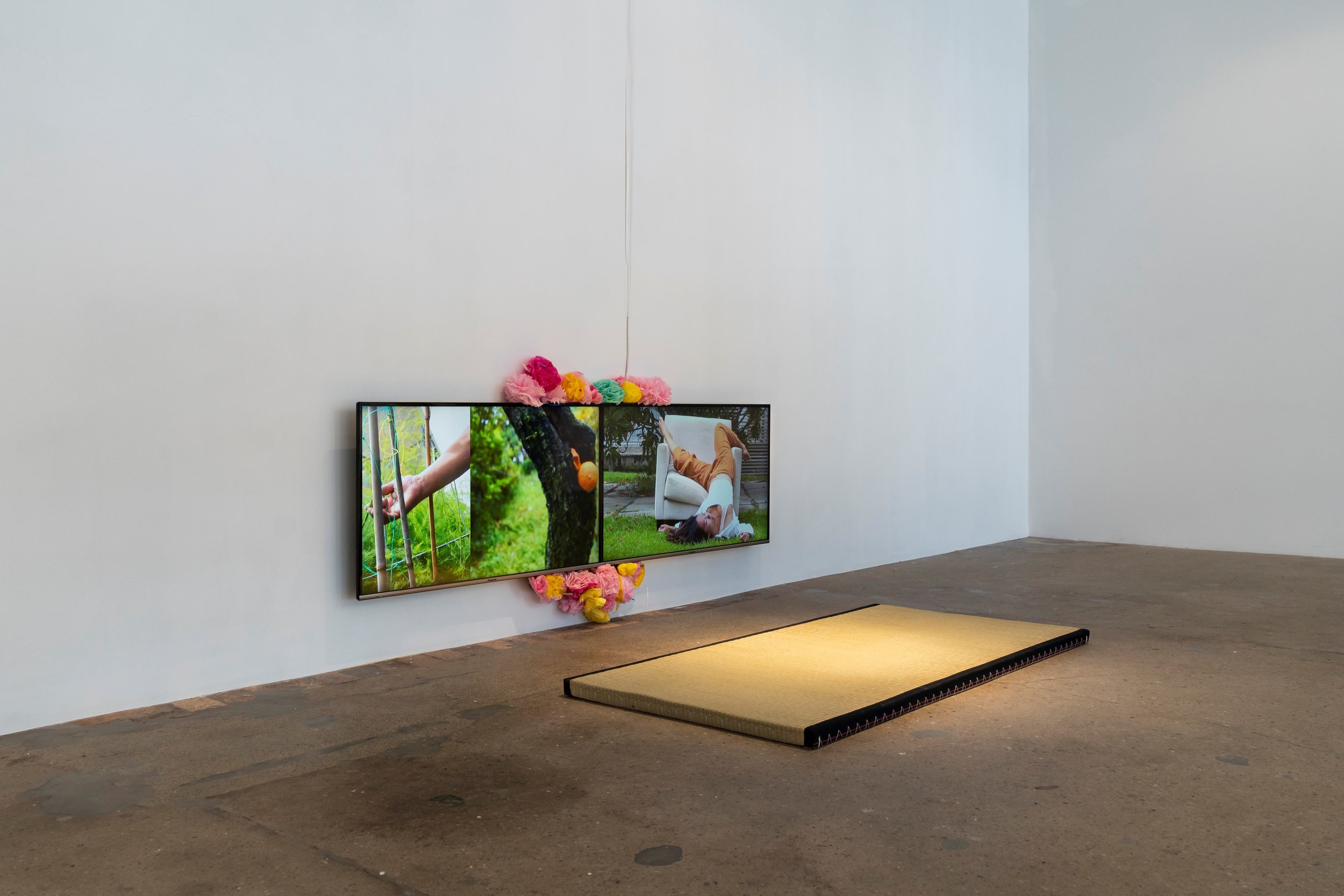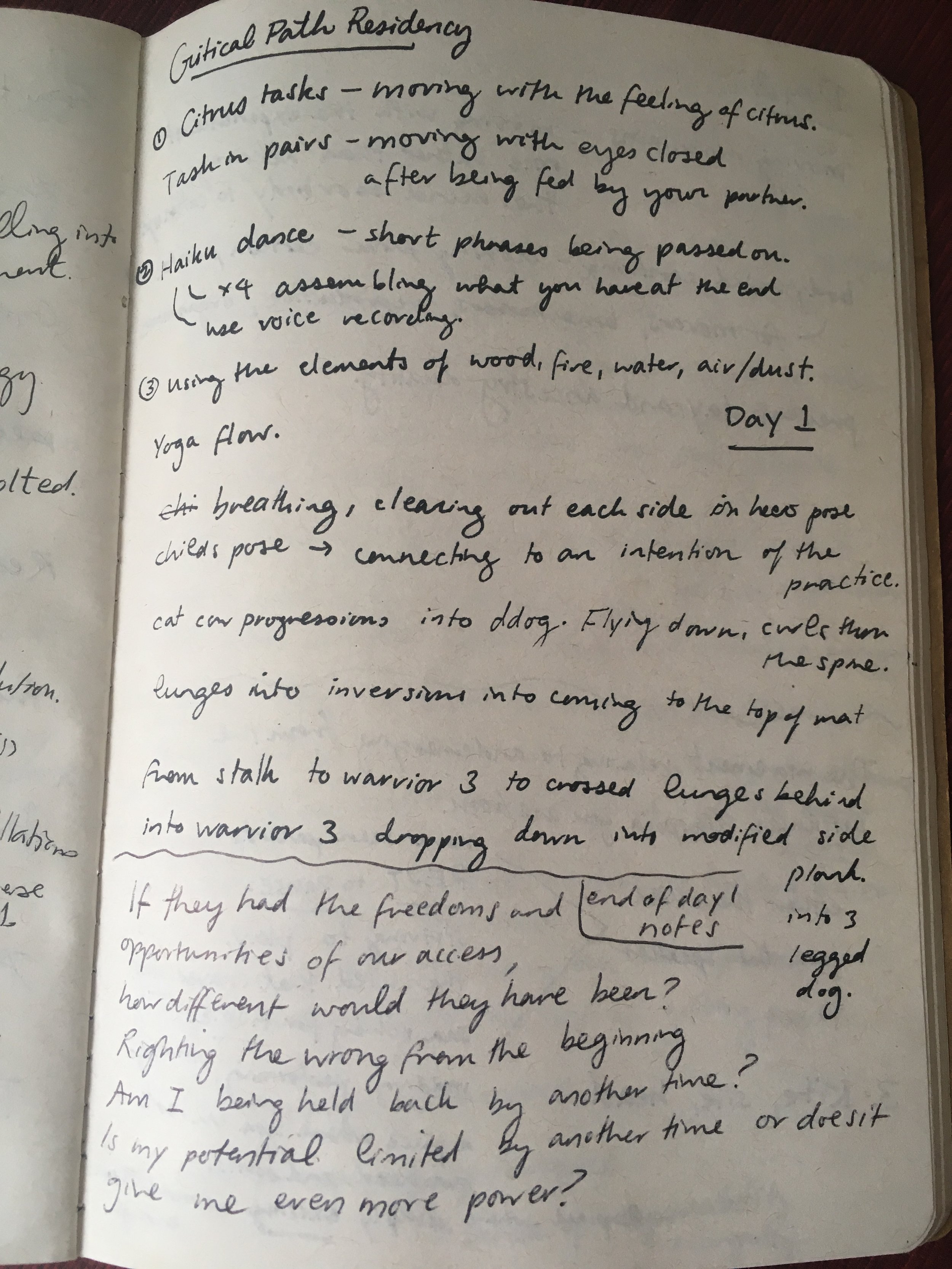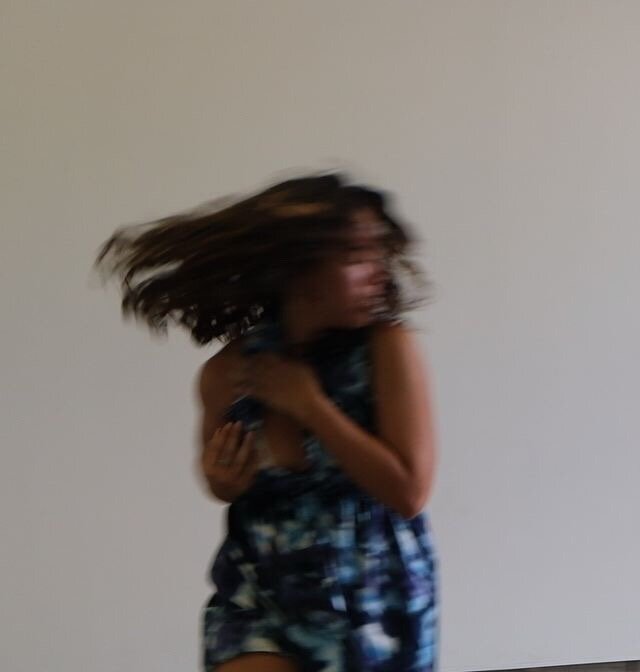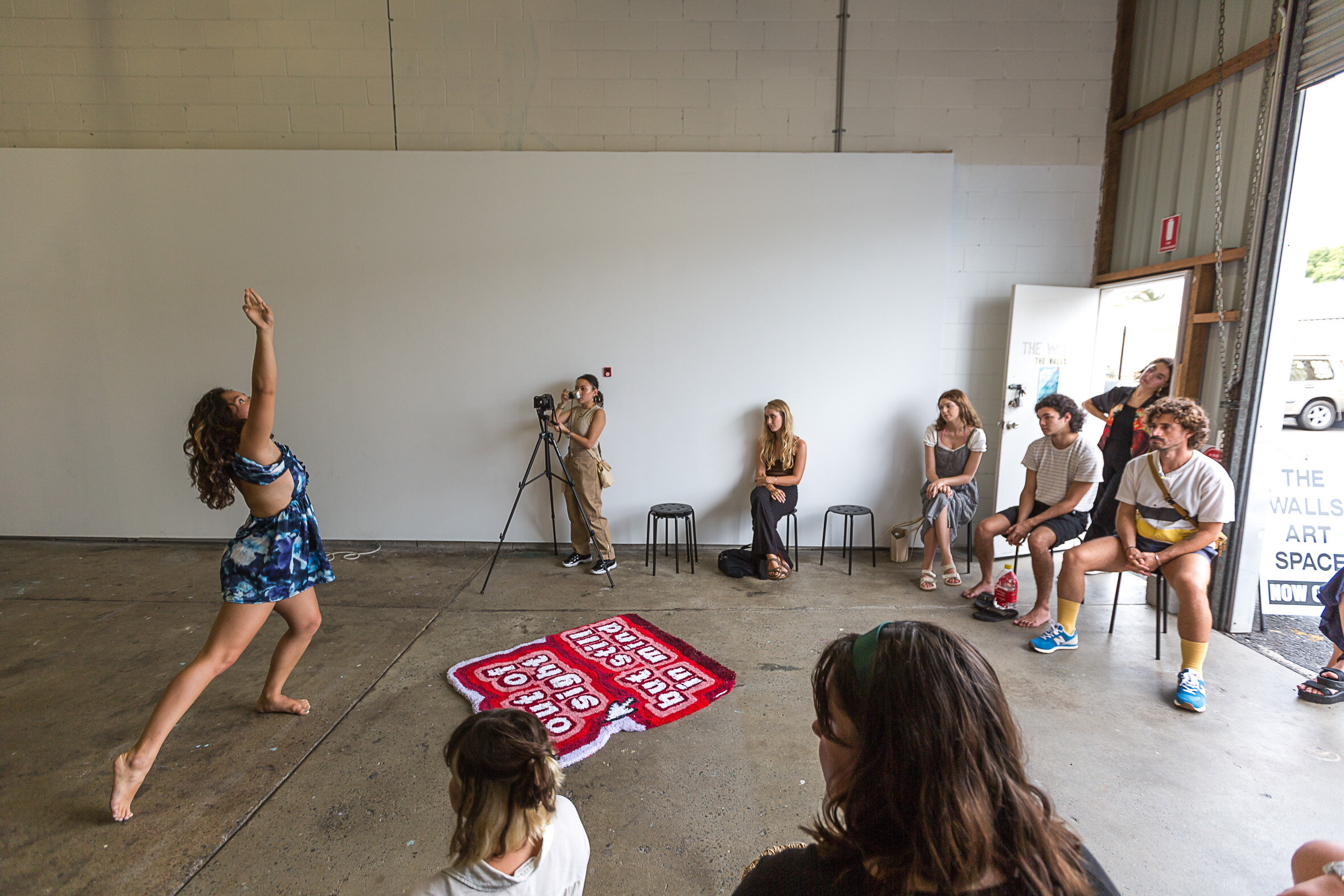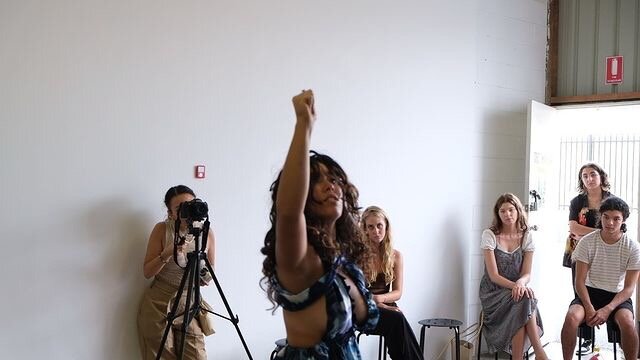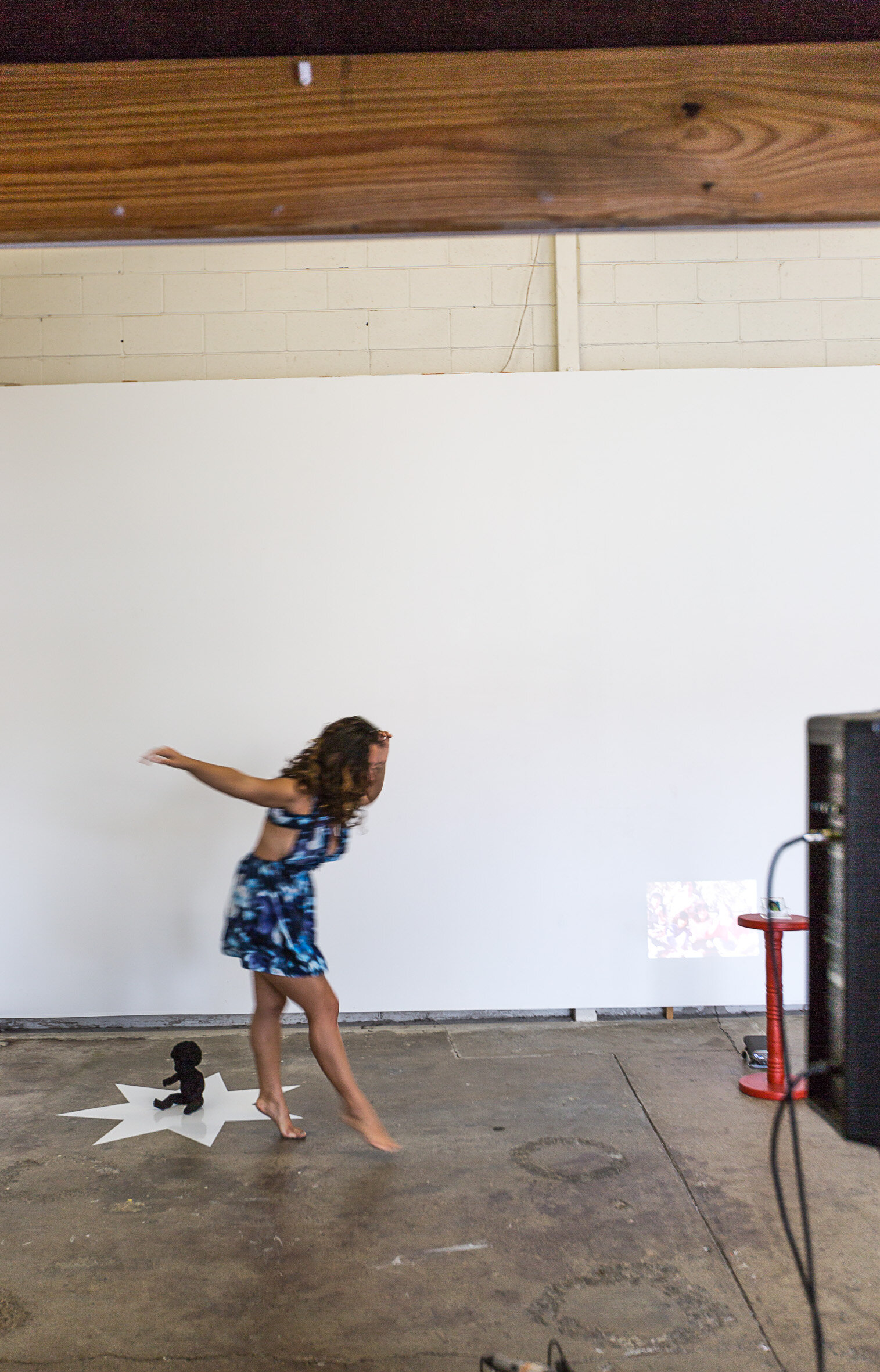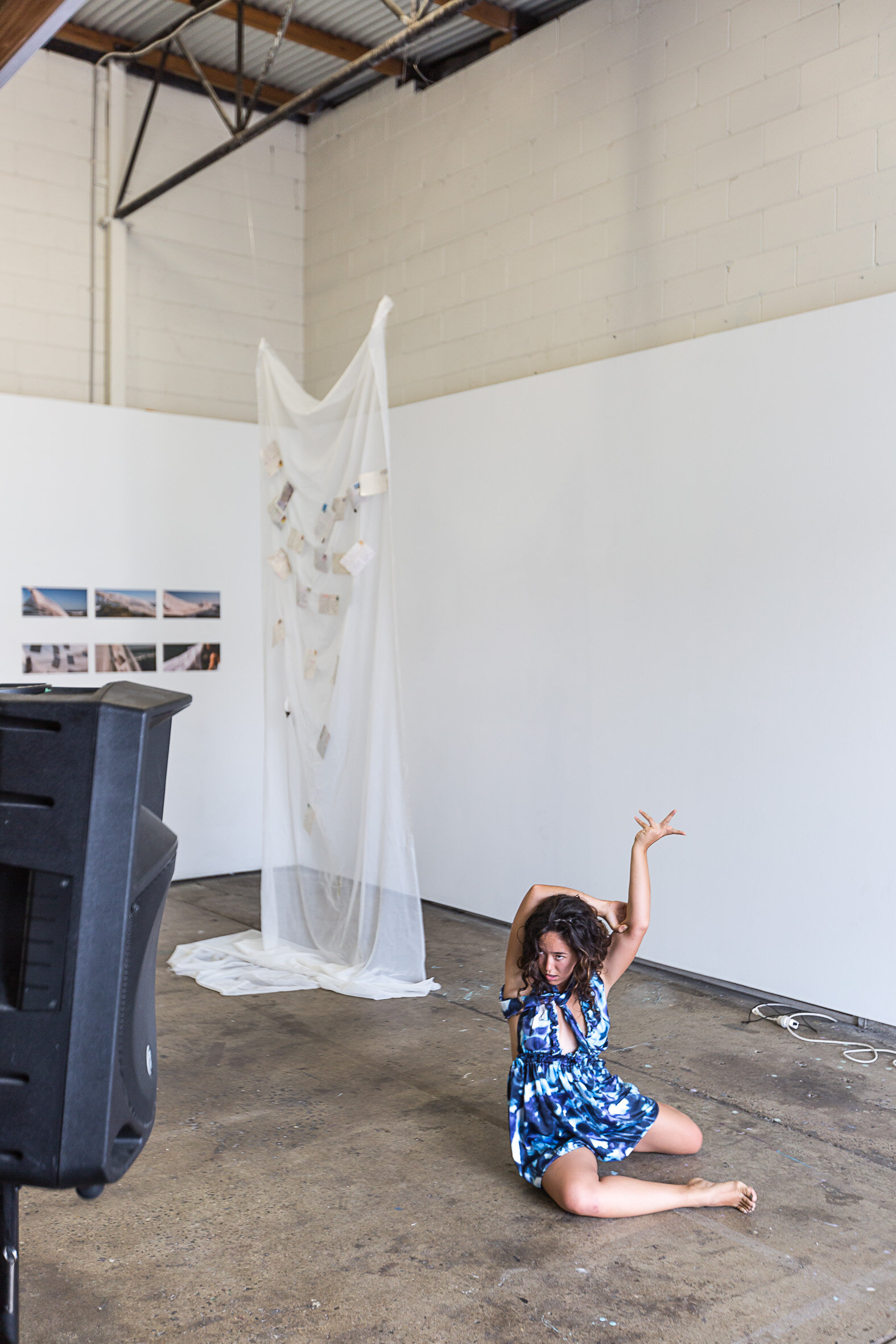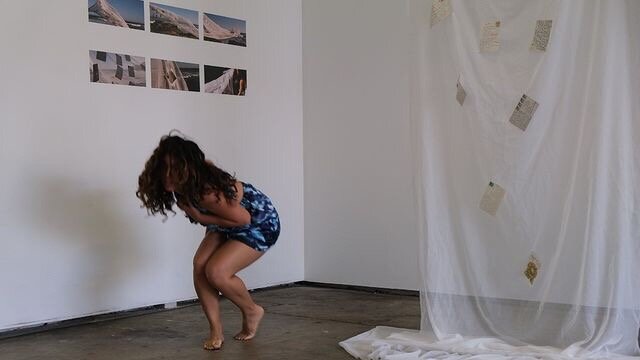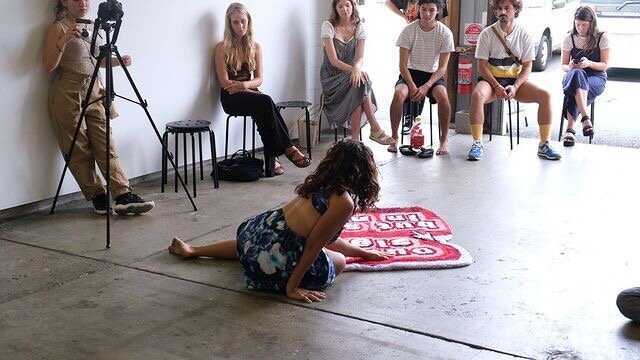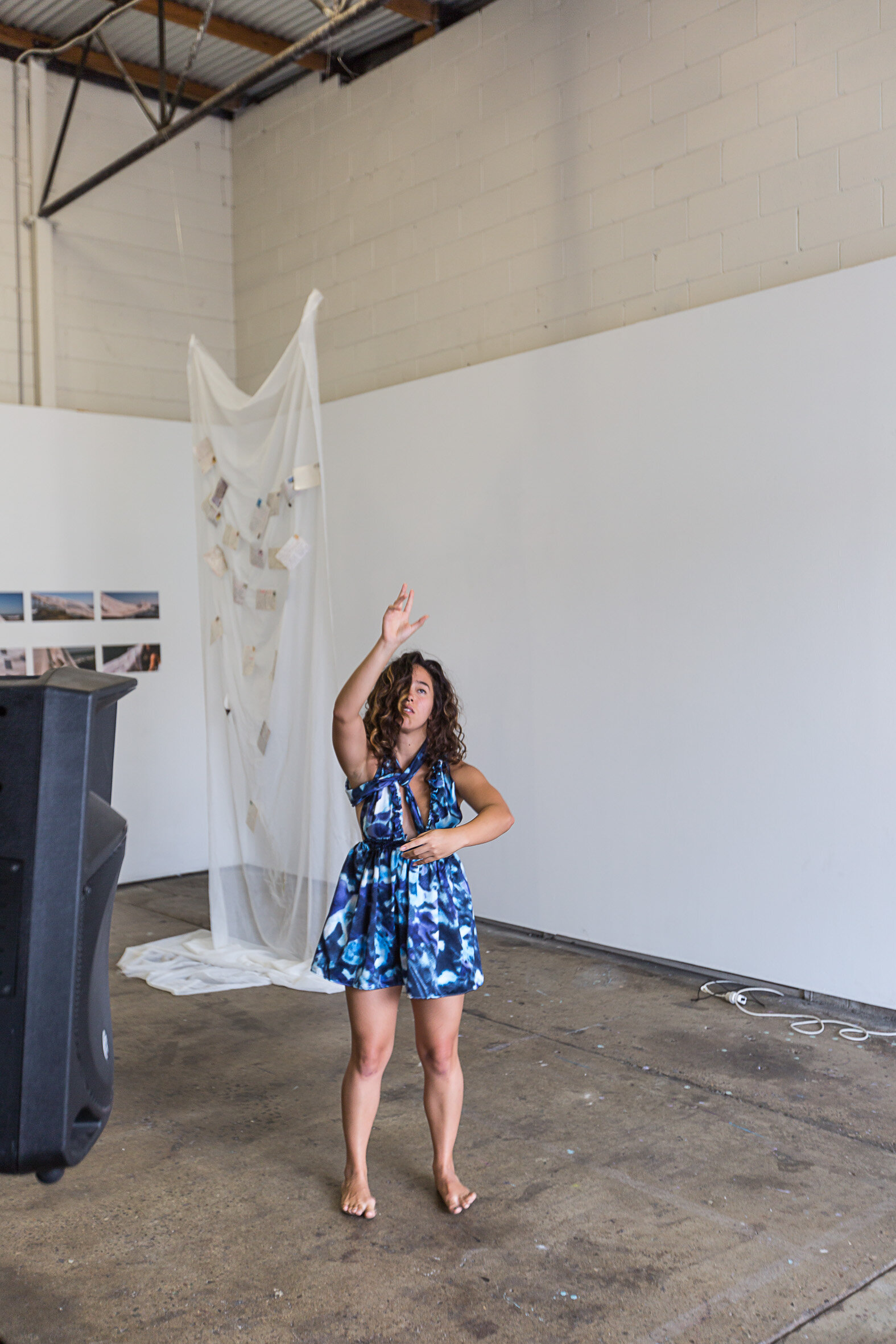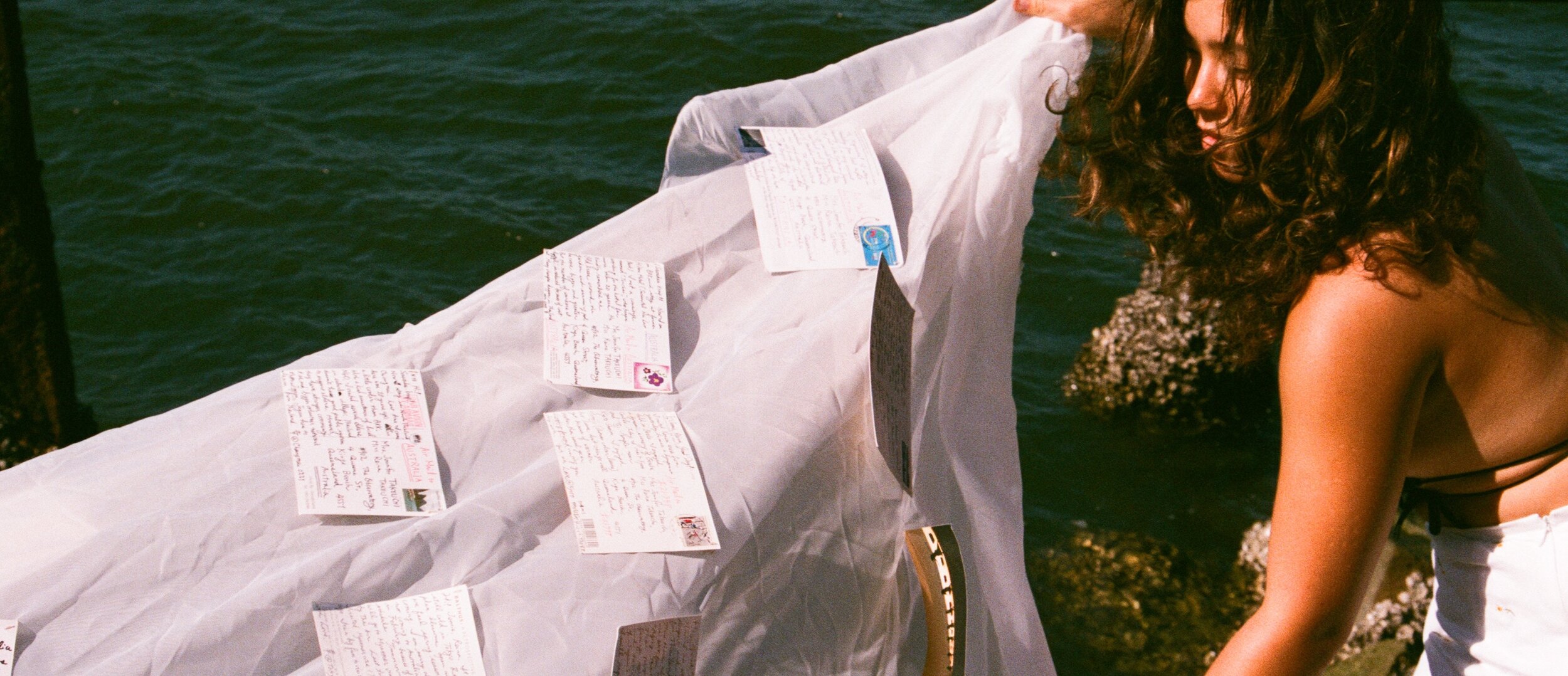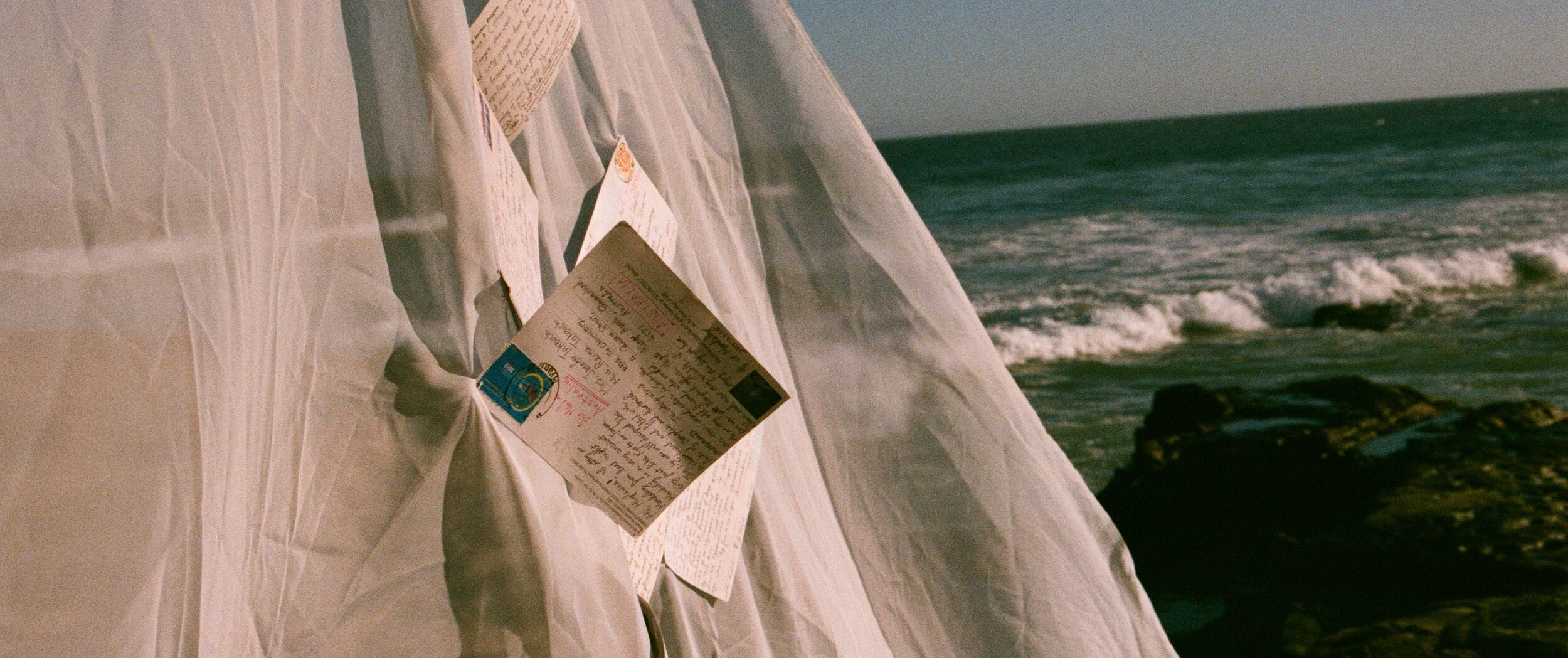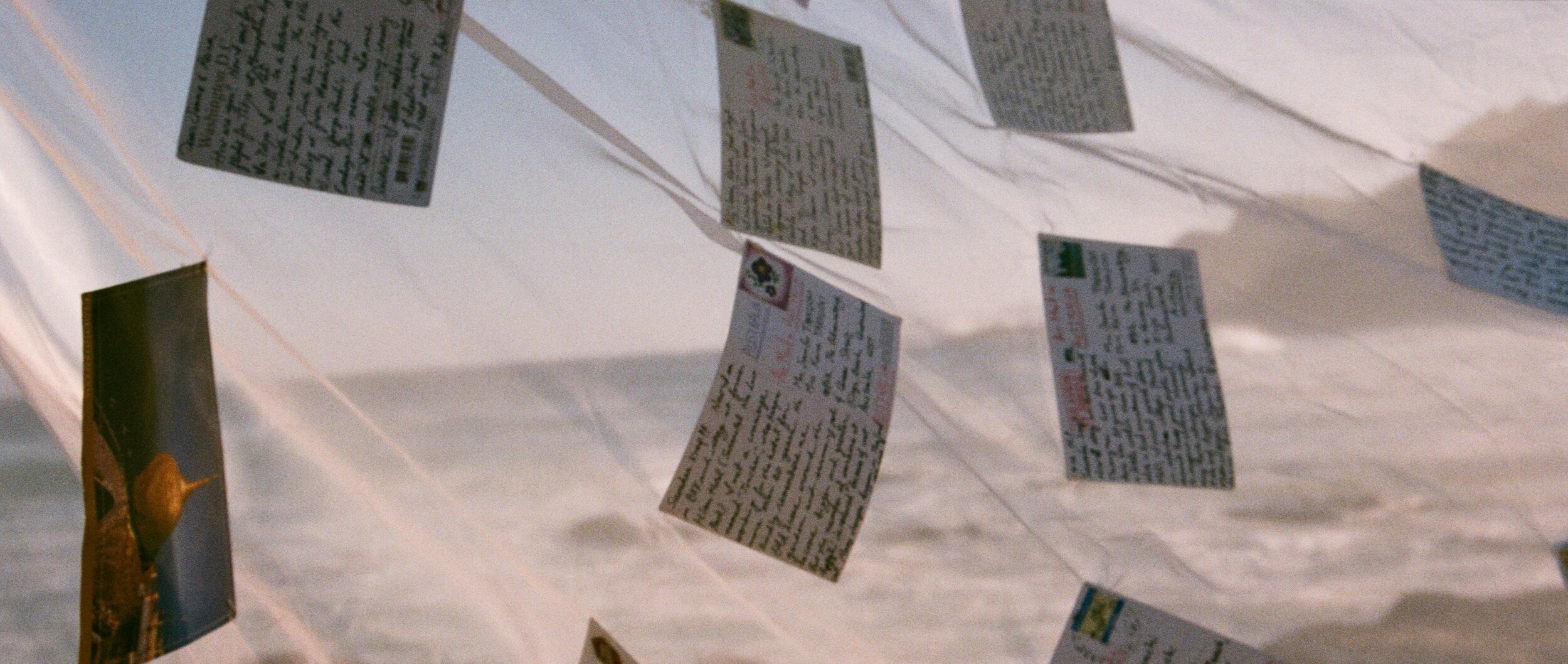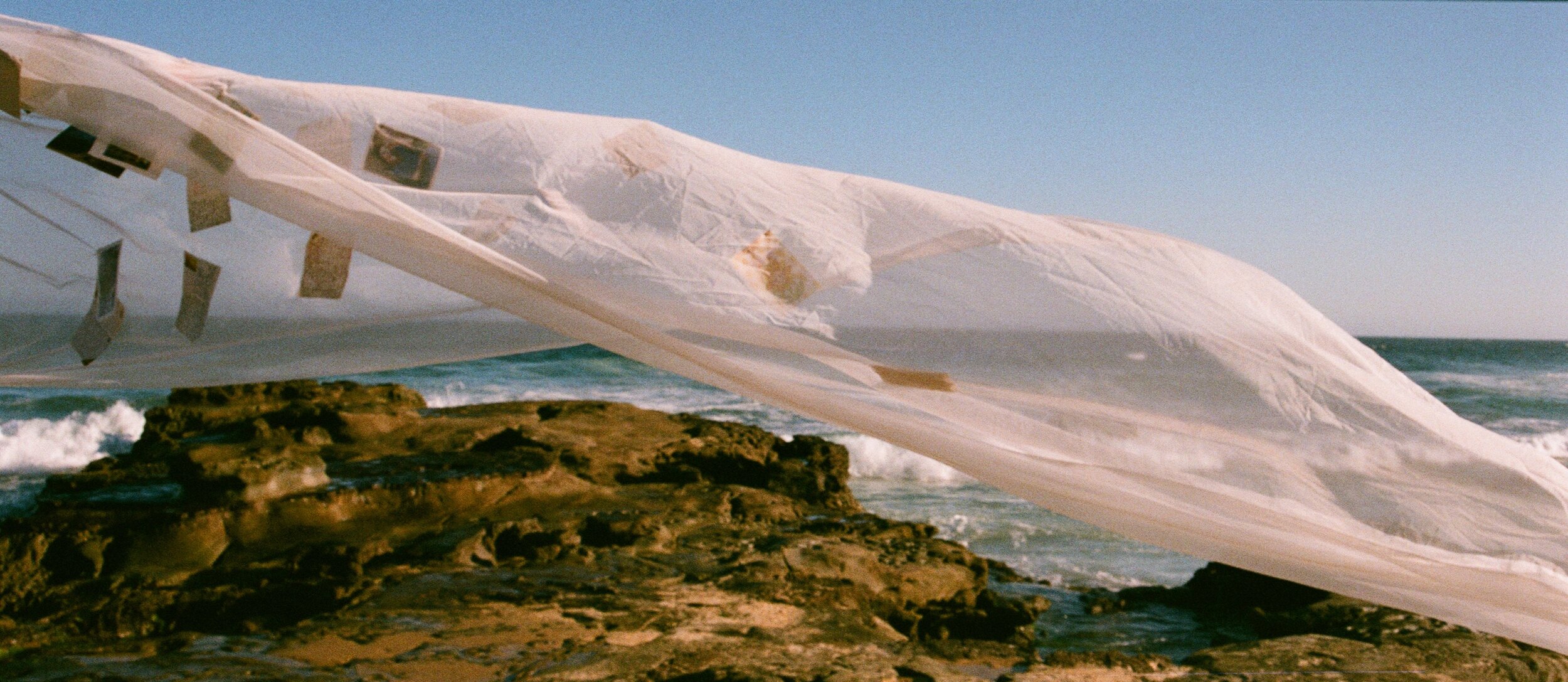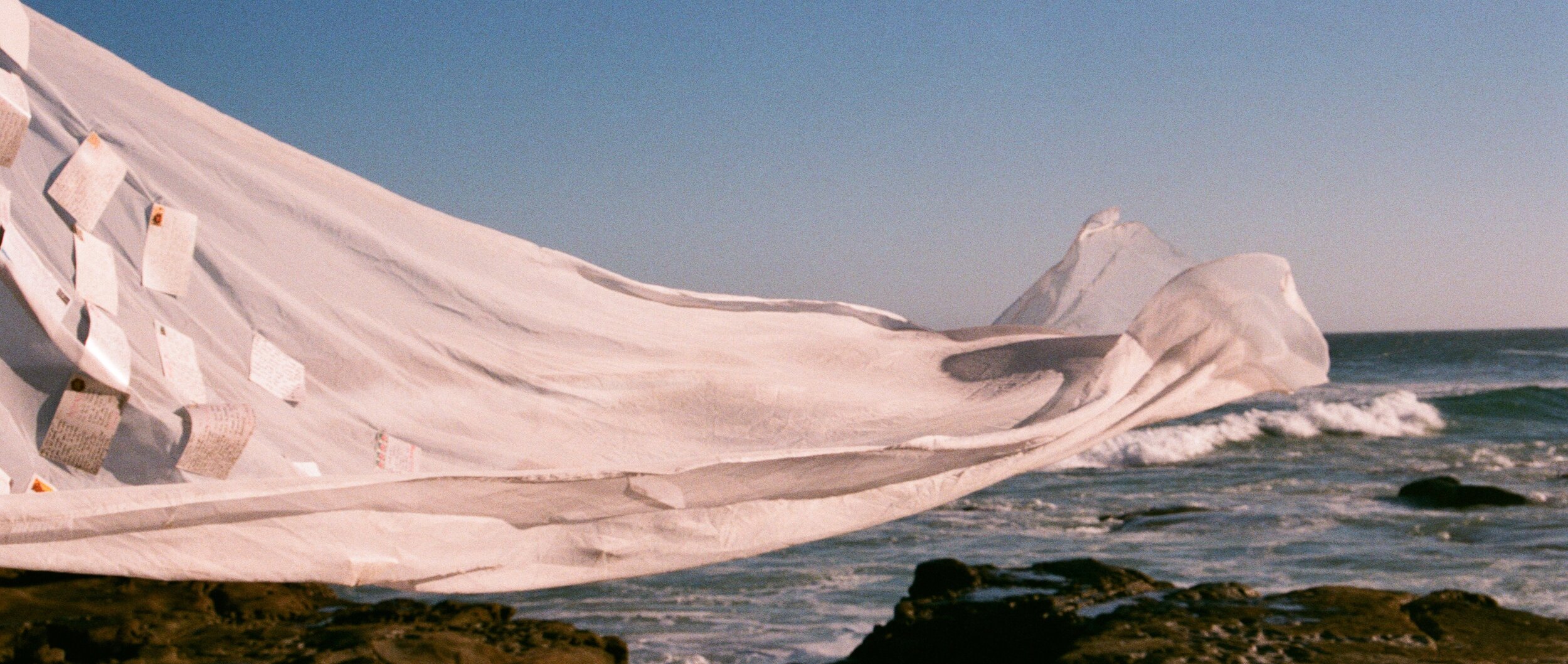OLD HAUNTS, an exhibition project with Anthem ARI @ Metro Arts
What does it mean to be haunted? What lies dormant in the places and the spaces we inhabit in our darling Meanjin (Brisbane)? Old Haunts blurs borders between what is artificial, crafted, arranged and under construction, as well as the liminal spaces created and offered by ‘cultural authorities’ such as museums and art institutions. Drawing from often submerged facets of Australian identity, Old Haunts coalesces the personal narratives of the Anthem ARI artists through uncanny simulations and quirky depictions of established cultural and art traditions. By adopting aesthetics of preservation and formal depictions of exoticism, Anthem seeks to explore both their own familial ground and the new locale of the Metro Arts space in West Village, West End. The scattered and submerged familial and geographic histories the artists speak to are fraught with boundary-ridden vernacular, curfews and restrictions, racial segregation, disenfranchised youth and now, the gentrified and commercial ventures of a growing Brisbane metropolis. By appropriating and reconfiguring erections of exhibition architecture, Anthem ARI devises darkly humorous interventions to subvert gallery manners, good taste, attendant behaviours and professional contemporary art conventions.
In many ways, if the Coronavirus pandemic lockdown had not taken place, Anthem ARI may never have formed. Amidst the looming and oppressive feeling of alienation within the arts community and enforced isolation world-wide, Anthem revealed itself to the world. It was borne out of a desire to extend tenderness and appreciation to all BIPOC voices, especially those working from Meanjin / Brisbane. Seeking to disrupt the Eurocentric lens associated with cultural institutions in Australia, Anthem undertakes exhibitions that include culturally diverse artists while considering implications predetermined by the White Cube.
Lucy Nguyễn-Hunt and Keemon Williams’ collaboration Venus and David is a visceral performative video in which the artists adorn themselves with so-called traditional garb, all in white. Referencing ethnographic documentation and archival portraiture, Nguyễn-Hunt and Williams transform themselves into statues belonging to an unknown institution, enacting conventional postures and embodying what it means to be a living archive. Voiceovers of the two artists accompanying the work echo typical educational vernacular, an omnipresent first-person narrative from the perspectives of the ‘documented’, discussing poetically rich territories of national pride, primitivism and caucasity - “I’m rethinking how I know myself, the more I become aware of how colonised I am… I’m finally recovering from my amnesia.”
Being a product of white history that imposes architecture of white structure and mannerisms, there exists to this day an unethical display of cultural objects, inadequate education on cultural safety, appropriation, and tokenism. Using satire to shine a light on the fetishization and capitalisation of significant cultural artefacts Lucy Nguyễn-Hunt and Keemon Williams evoke unspoken tensions and address the uncanny feelings BIPOC identities face in the White Cube space. Both artists reference these nuances in their individual works, Nguyễn-Hunt with their I’m Half series and Williams with A SIGN OF SINS TO COME, banners that impede on the gallery’s architecture. These works speak to nostalgia, the past, what haunts, but also a sense of inauthenticity. What were archives of the past - wunderkammers (cabinets of curiosities) and archival documentation - have now become IGTV videos and reels. Both artists depict how traditions, examinations of past histories and connectivity are shifting with the advent of new technologies and new methods of storytelling.
Continuing with examinations of the archive, Iraqi-Syrian Ruaa Al-Rikabi has created an exact replica of the shoe thrown at US President George W. Bush on December 14, 2008, entitled Farewell kiss. The single size 10 shoe was thrown at Bush by Iraqi journalist, Muntadhar al-Zaidi. Al-Rikabi depicts the shoe ceremonially, revealing this shoe as the moment Middle Eastern vilification took on a tangible form. The work does not necessarily encapsulate the anger towards Bush but the sense of pride of the Iraqi people and Al-Rikabi’s own childhood magnification of the experience. Watching it happen live on TV as an 8-year-old Iraqi-Syrian Australian, Al-Rikabi identifies how she never felt more proud of being an Iraqi and that the political nature of the early 2000s made her relish in her familial heritage. Her work Axis of Evil complements Farewell kiss. The map of the Middle East focuses directly on Iraq and Syria. The Axis was first introduced on January 29, 2002, five months after 9/11 at the State of the Union and was propagated by Bush as a concept that encompassed Iraq, Iran and North Korea.
Reina Takeuchi’s work what the trees tell me and these ghosts, these trees speak to uncanny interventions in West End’s landscape. these ghosts, these trees is a photographic series captured on analogue film throughout the West End area, from Boundary Street, Montague Road and Orleigh Park. Using a piece of ephemeral tulle fabric, the photographs document the white material entangling itself, unwrapping and morphing into the landscape. Takeuchi’s performative video alludes to the statements and questions that perhaps these trees hold within themselves and disjointedly describes feelings trapped within the West End landscape: “a blood-moth stain spreads over this place, time falls heavily here, the past here is the present now, turning into the futures to come.” Slow dancing on a chair under a magnolia tree, the viewer shares a sense of nostalgia and melancholy as Takeuchi moves delicately in her anonymous environment.
Filipino artist Rhanjell Villanueva delves into his personal nostalgia and memories of gathering and eating with his family in Butterfly gold, placing a ceramic tea cup and saucer onto a plinth. This work responds to the immigration wave as well as the peak of Corelle kitchenware in the tables of many Filipinos in the 1970s. Honouring the hardwork and the familial love language that is close to his heart, Villanueva extends the symbol of the etched gold butterflies and speak to his collaboration with Reina Takeuchi, entitled Paruparo, performed by Joshua Taliani. Paruparo is an exploration of spiritual and cultural dance traditions, using butterflies and restless spirits as its departure point. There is an old Filipino, Bicolano and Ilocano belief that the dust from a butterfly or moth’s wings can cause blindness and that a butterfly or moth hovering around the body, especially after death or waking, is actually a visitation from a deceased loved one. Recordings from the artists can be overheard throughout the performative video, “I dance for my ancestors, to reclaim land, feel my presence through this dance, this flutter.” Taliani’s body morphs, shifts and transforms, blended and overlaid with vibrant visuals created by Villanueva.
By revealing connections between peoples and places, alternative pasts, presents and possible futures, Anthem highlights the importance of nurturing and giving agency to emergent cultural dialogues of BIPOC arts practices within the contemporary Australian landscape. These luminous perspectives speak of what could not be articulated in public domains by their ancestors, and now, more than ever, these dialogues will shape ongoing conversations as we look toward ever-shifting futures.




